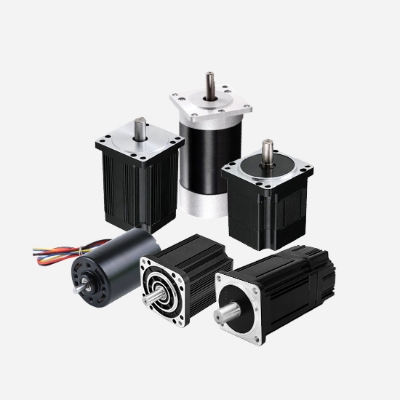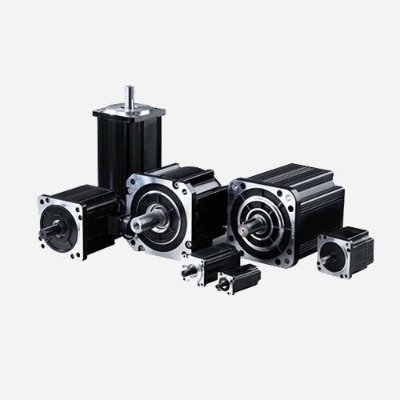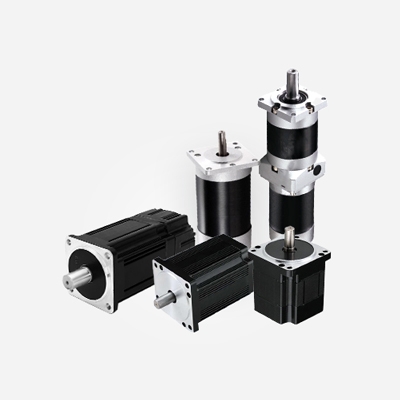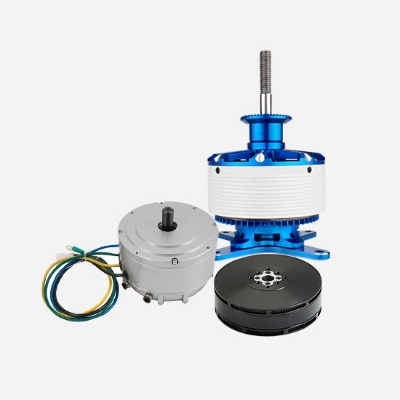Essentially, electric motors are designed to convert electrical energy into mechanical energy, to be specific, the rotational motion of some shaft known as the rotor. The two most common motor designs include brushless and brushed motors. Today we’re going to discuss the benefits of brushless motors as compared to their brushed counterparts.
Benefits of BLDC Motor Compared to Brushed Motors
The primary difference between brushed and brushless motors is the presence or not of a brush assembly. Brushed DC motors combine a rotating armature with stationary magnets (the stator), using brushes and a commutator to supply current to the armature coil.
Brushless DC motors (or BLDC motors), in contrast, have a rotor, stator, rotation sensor, and control circuit. In place of the brushes and commutator, the current through the stator coil is controlled electronically by semiconductor switching such as Hall-effect sensors.
Unlike the mechanically-driven brushed motors where carbon brushes are in constant contact with the commutator in the rotor, the absence of such a brush assembly in brushless motors delivers numerous benefits.
The brushes in brushed motors are gradually worn away with use, as they are in constant contact with the commutator. No such wear occurs on brushless DC motors as they lack this mechanical contact, which in turn considerably reduces the frequency of maintenance for routine motor replacement.

The BLDC motor is highly reliable and runs more efficiently than a brushed motor because BLDC motors don't have the friction and voltage drop that brushes create by dragging against the spinning commutator. This physical contact results in continuous energy loss during the operating process. Without friction between brushes and commutator plates, the amounts of sound and heat produced are greatly reduced, resulting in significantly higher efficiency as well.
In brushless motors, the job of commutation is carried out by an electronic circuit. For example, a Hall-effect sensor is used for feedback control to monitor and control the speed and torque. By adjusting the motor voltage, the motor speed can be kept constant despite changes in load. Accurate torque and speed control are possible with brushless DC motors.
Fewer mechanical components mean brushless motors have lower mass than brushed motors. Given that, Brushless DC motors are available in small compact sizes and also provide a better power-to-weight and torque-to-weight ratio than brushed motors.
Brushes can cause high sparks which may result in short life or complete burnout of brushed DC motors. However, in the case of brushless DC motors, the absence of friction allows the motor to operate without producing sparks even during intensive applications.
Without the use of brushes, the BLDC motor is also more durable and has longer longevity than brushed motors. Choosing brushless DC motors for critical equipment also extends its product life and avoids motor-related defects. With the capability to provide high-speed performance and efficient operation, the brushless DC motor is an obvious choice that can be used in multiple applications across a range of industries.
There are many types of brushless motors, such as inrunner brushless motors and outrunner brushless motors, sensored brushless motors and sensorless brushless motors, etc. BLDC motors combine all the advantages of traditional DC motors while eliminating carbon brushes and the slip ring structure, and provide excellent performance in torque. They offer good torque performance at low and medium speeds, and they generate large torque at startup yet require little current. Stepless speed regulation makes for wider operating speed ranges and strong overload capacity.




